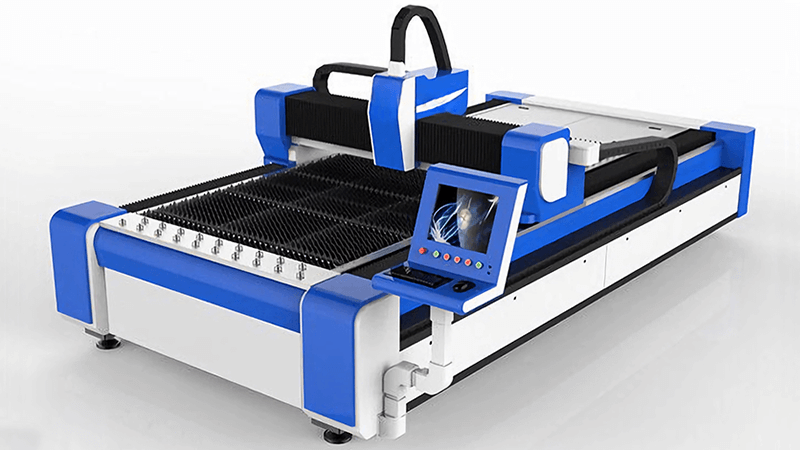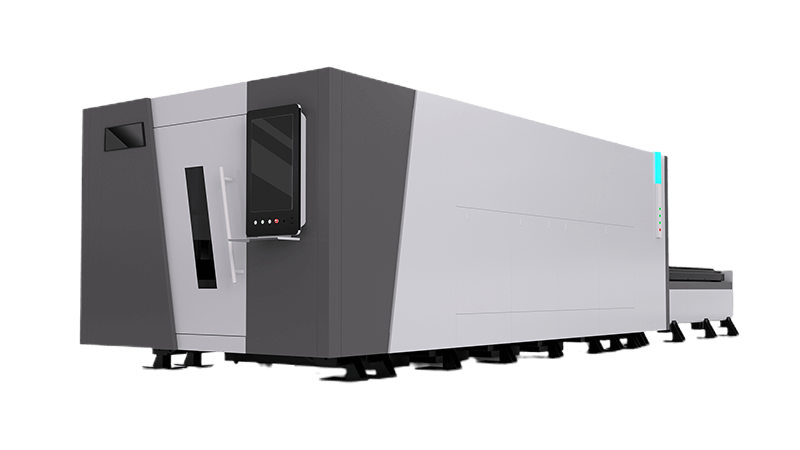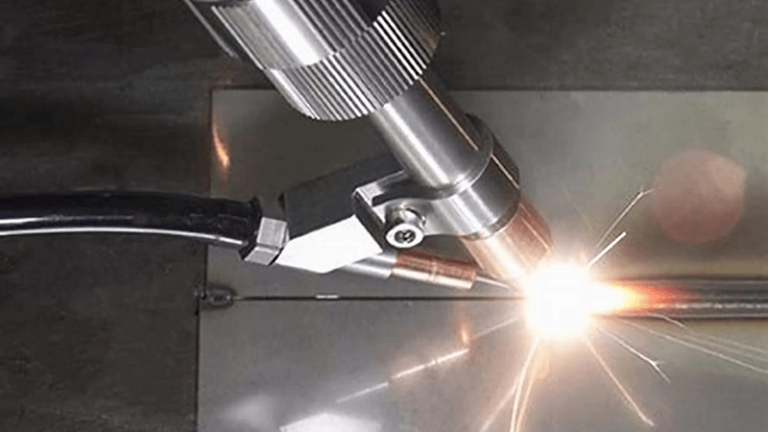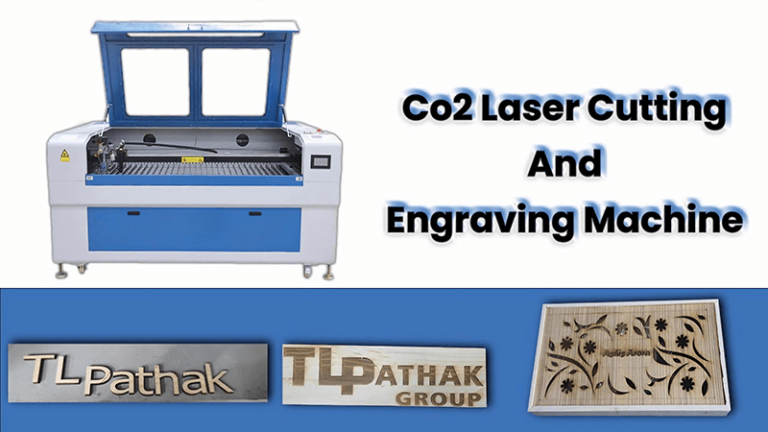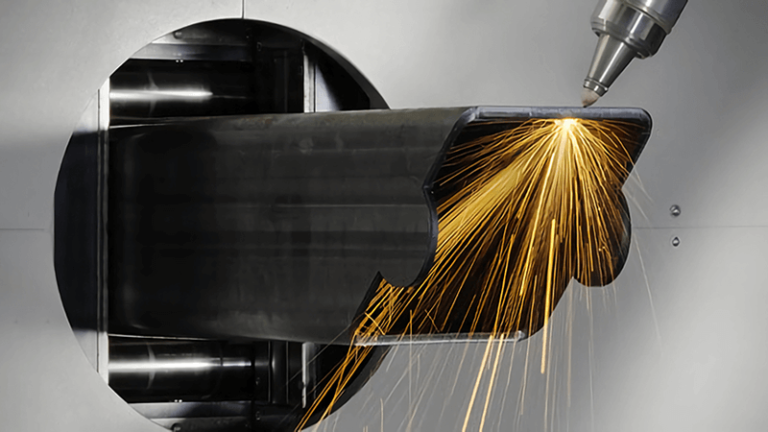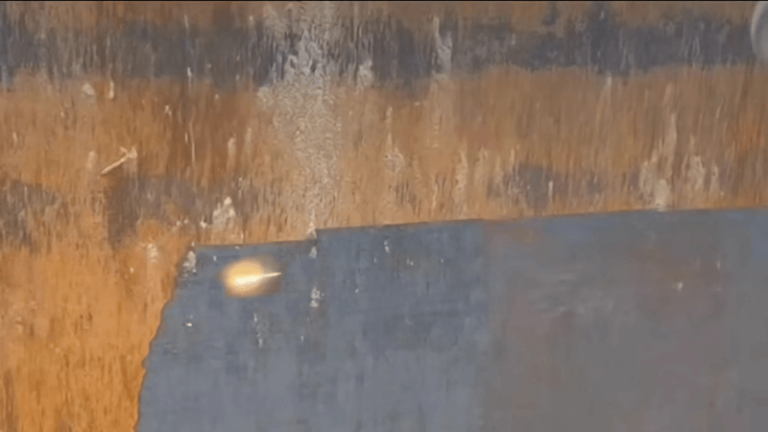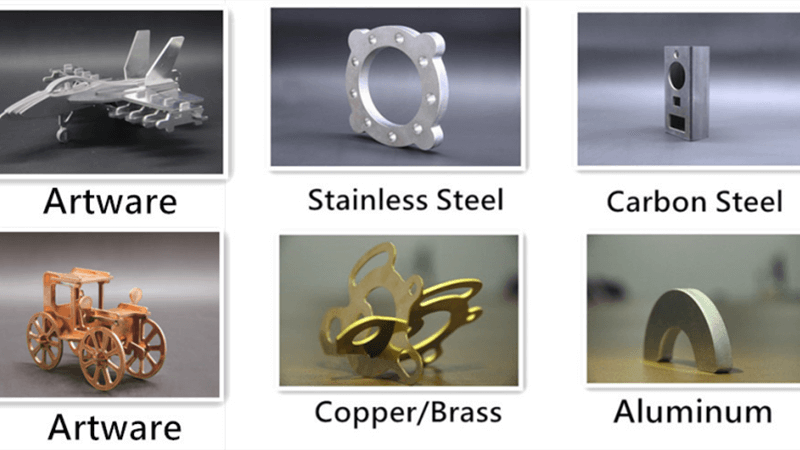
Introduction
Ever tried cutting metal with a butter knife? Frustrating, right? That's the problem many face without the right tool. Enter the laser metal sheet cutter. This beast of a machine promises precision, speed, and efficiency. But with so many options out there, how do you choose the best one? Let me guide you through the top features you need to consider.
Choosing the right laser metal sheet cutter involves evaluating the critical features to ensure that the machine meets your specific operational needs while providing efficiency, safety, and precision. By focusing on power, speed, automation capabilities, material compatibility, safety features, and total cost of ownership, you can make an informed decision that enhances your manufacturing processes.
Choosing the right laser metal sheet cutter can make or break your projects. From precision to power efficiency, each feature plays a crucial role in your workflow. Let's dive into what you should look for to ensure you're getting the best bang for your buck.
Precision and Accuracy
When it comes to metal cutting, precision is king. You want clean, exact cuts every time. Look for cutters with high tolerance levels. This ensures your pieces fit together perfectly, reducing waste and saving time.
High precision means fewer mistakes and more consistent results. Whether you're working on intricate designs or large-scale projects, accuracy is non-negotiable. Check out Precision Standards for more details.
Laser metal sheet cutters offer precision and speed for metal cutting.True
Laser cutters are known for their accuracy and fast cutting speeds, making them ideal for metalworking tasks.
Laser metal sheet cutters can replace traditional methods of metal cutting like using a butter knife.False
Laser metal cutters are far more advanced and efficient than using a butter knife, which is impractical for metal cutting.
Precision and Accuracy of Fiber Laser Cutting Machines
| Category | Details |
|---|---|
| Precision Levels | - Typical Tolerances: ±0.05 mm (0.002 inches) - Advanced Models: Achieve tolerances as tight as ±0.001 to ±0.003 inches (0.0005 to ±0.0001 inches) for high-demand sectors like aerospace and electronics. |
| Key Factors Enhancing Precision | 1. Beam Quality: Shorter wavelengths produce smaller focused spots, enabling finer and more intricate cuts without compromising material integrity. 2. Thermal Distortion: A smaller laser beam cross-section reduces thermal distortion, resulting in cleaner cuts and minimal heat-affected zones (HAZ) compared to CO₂ lasers. 3. Advanced Control Systems: Sophisticated software adjusts parameters (power, speed, assist gas pressure) based on material type and thickness, ensuring consistent precision. |
| Accuracy Factors | - Machine Calibration: Regular calibration ensures optimal alignment of the laser beam and proper functioning of mechanical components. - Operator Skill: Experienced operators are crucial for programming the machine accurately and monitoring the cutting process to maintain high accuracy. - Material Characteristics: Different materials respond uniquely to laser cutting. Metals like stainless steel typically achieve higher accuracy compared to thicker or more variable materials. |
| Applications and Benefits | Industries Utilizing Fiber Laser Cutting: - Aerospace: Requires tight tolerances for safety and performance. - Medical Devices: Demands intricate and precise designs for functionality. - Electronics: Necessitates precise dimensions for proper assembly of small parts. Benefits: - Clean Cuts: Reduces the need for post-processing with burr-free edges. - Cost-Effective: Lower operating costs compared to CO₂ lasers, enhancing efficiency for large-scale production. - High Efficiency: Delivers consistent results across various materials and thicknesses, improving overall production efficiency. |
Cutting Speed
Speed isn't everything, but it's a vital factor in productivity. A faster cutter means you can complete more projects in less time. However, speed should never compromise quality. Seek a balance where the machine operates swiftly without sacrificing the integrity of your cuts.
Here is the table summarizing the cutting speeds of different fiber lasers for carbon steel based on thickness:
| Laser Power | Thickness | Cutting Speed |
|---|---|---|
| 1000W Fiber Laser | 2mm | Up to 8 m/min |
| 10mm | Approx. 0.8 m/min | |
| 2000W Fiber Laser | 1mm | Up to 10 m/min |
| 6mm | Around 4.5 m/min | |
| 4000W Fiber Laser | 1mm | Up to 15 m/min |
| 10mm | Approx. 1.2 m/min | |
| 6mm | Around 8 m/min |
Power and Energy Efficiency
The power rating of a laser cutter determines the thickness and types of materials it can handle. Higher power means you can cut through thicker metals with ease. But don't overlook energy efficiency. Machines that consume less power can save you money in the long run and are better for the environment.
Understanding power ratings helps you choose a machine that meets your specific needs. For more insights, visit Power Efficiency Tips.
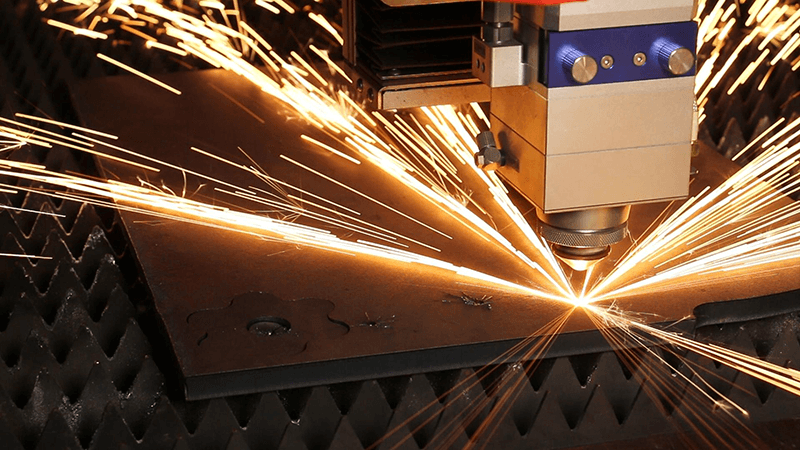
- Impact of Power on Cutting Capability
The power rating of a laser cutter directly determines the materials it can cut and the thickness of those materials. Generally, laser cutters range from 500W to 12kW, with the specific power selection depending on the cutting needs. Below is an overview of cutting capabilities for different power ranges:
| Power Range | Applicable Materials | Cutting Thickness | Applications |
|---|---|---|---|
| 500W – 2kW (Low Power) | Thin steel, aluminum alloys, copper, plastics, wood, light gauge stainless steel | Up to 6mm thick carbon steel or stainless steel | Small-batch production, precision cutting, custom designs |
| 3kW - 6kW (Medium Power) | Mild steel, stainless steel, aluminum, non-ferrous metals, thicker plastics | Up to 12mm thick carbon steel, 10mm stainless steel | Industrial production, thicker material cutting, higher efficiency |
| 7kW – 12kW (High Power) | Thick steel, stainless steel, titanium, brass, copper, other high-density metals | Up to 20mm+ thick carbon steel, 15mm stainless steel | Heavy-duty applications, large-scale manufacturing, high-precision cutting of thick materials |
- Energy Efficiency and Cost Considerations
Energy efficiency is another critical factor when choosing a laser cutting machine. Higher power cutters may perform better in terms of material thickness and speed, but they can also consume more energy, leading to higher operating costs.
-
Energy Consumption: A typical 5kW fiber laser cutter might consume around 4-6 kWh per hour of operation. In comparison, a 1kW cutter might use around 0.8-1.5 kWh per hour.
-
Cost Efficiency: Over time, machines that offer higher energy efficiency can result in significant savings. For instance, fiber laser cutters (which are typically more energy-efficient) consume up to 30% less energy than CO2 laser cutters for similar tasks.
-
Environmental Impact: Using energy-efficient machines not only reduces operational costs but also minimizes your environmental footprint. Laser cutting technology has advanced to offer machines that are optimized for low energy consumption while maintaining high cutting performance, making it more sustainable for long-term use.
The market offers a variety of laser metal sheet cutters to suit different needs.True
There are many options available, catering to different metal types and cutting requirements.
Laser metal cutters are only useful for industrial-scale applications.False
Laser metal cutters can be used for both industrial and smaller, precision tasks.
Material Compatibility
Not all laser cutters are created equal. Some are better suited for certain metals than others. Ensure the cutter you choose can handle the variety of materials you plan to work with, whether it's steel, aluminum, or titanium. Flexibility in material compatibility can expand your project possibilities.
Versatility in handling different metals makes your cutter a more valuable tool. Check Material Compatibility Guide for comprehensive information.
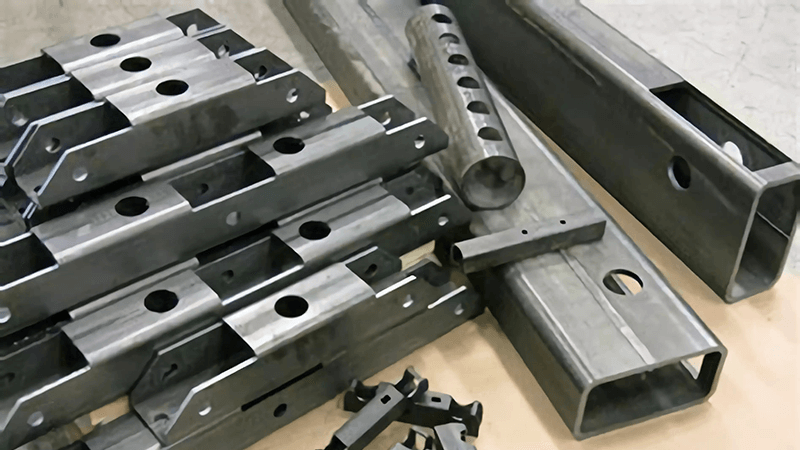
Types of Metals Suitable for Laser Cutting
Laser cutting technology can efficiently handle a range of metals, each with unique properties and requirements:
- Stainless Steel: Known for its strength and corrosion resistance, stainless steel is ideal for producing durable parts and decorative items. Fiber lasers excel in cutting stainless steel due to their precision and ability to produce clean edges.
- Mild Steel (Carbon Steel): This material is favored for its structural integrity and ease of cutting. It is widely used in automotive parts and construction applications. Both CO2 and fiber lasers can effectively cut mild steel.
- Aluminum: Valued for its lightweight and corrosion-resistant properties, aluminum is commonly used in aerospace and automotive industries. Fiber lasers are particularly effective for cutting aluminum due to their concentrated beam quality.
- Brass: This alloy of copper and zinc is appreciated for its aesthetic qualities and conductivity. It is often used in decorative applications and electronic components.
- Titanium: Renowned for its exceptional strength-to-weight ratio, titanium is crucial in aerospace and medical applications. It requires specific laser settings to ensure effective cutting due to its thermal properties.
- Nickel Alloys: These are suitable for high-temperature applications, such as in aerospace, where they maintain strength under extreme conditions.
Software Integration
A user-friendly interface can make a world of difference. Look for cutters that come with intuitive software, making it easier to design and execute your projects. Compatibility with popular design programs like AutoCAD or SolidWorks is a plus, ensuring a seamless workflow.
Software Integration in Laser Cutting with CypCut
When selecting software for laser cutting, the integration of user-friendly interfaces and compatibility with design programs is crucial.
CypCut stands out as a powerful option tailored for laser cutting operations, particularly for fiber lasers. Here's an overview of its features, alongside other essential software considerations.
User-Friendly Interfaces
A user-friendly interface is vital for enhancing productivity and ease of use. CypCut offers several features that make it intuitive and efficient:
-
Intuitive Design Tools:
Users can easily navigate through a graphical interface that supports various editing functions such as zooming, rotation, and alignment. These tools streamline the design process, allowing for quick modifications and adjustments. -
Automatic Optimization:
CypCut automatically corrects errors like invisible shapes or duplicates, ensuring that the design is error-free and reducing manual checks. This automatic optimization helps prevent costly mistakes and improves workflow efficiency. -
Nesting and Fly Cutting Features:
- Nesting: CypCut’s nesting capabilities optimize material usage by efficiently placing cut parts on the material sheet, reducing waste and maximizing yield.
- Fly Cutting: This feature reduces idle time by keeping the laser on during head movements between cuts, which improves overall processing speed.
The logical flow of CypCut’s operational interface allows for efficient management of design and cutting processes, making it accessible for both beginners and experienced users.
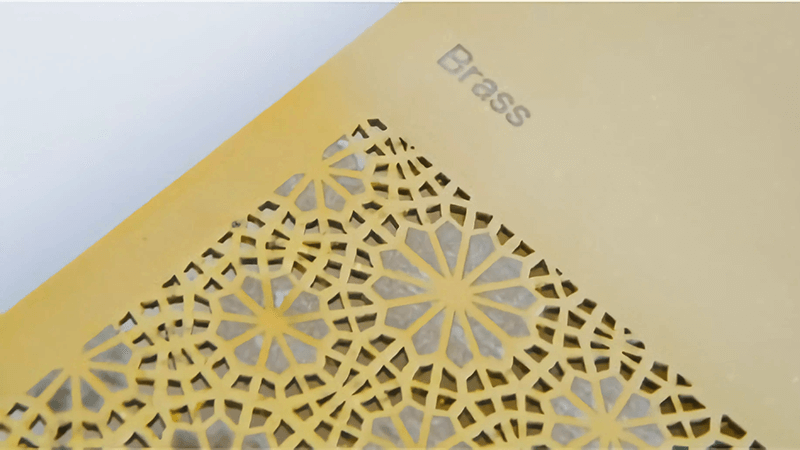
Safety Features
Safety should never be an afterthought. Modern laser cutters come equipped with various safety mechanisms like emergency shut-offs, protective housings, and proper ventilation systems. Ensuring these features are in place protects both you and your workspace.
Adhering to safety standards is crucial. Learn more about Safety Mechanisms to keep your operations secure.
-
Emergency Stop Mechanisms
- Emergency Stop Buttons: These buttons should be clearly labeled and easily accessible from multiple points around the machine. When activated, they immediately cut power to the laser and all moving parts, minimizing the risk of injury or damage during emergencies.
- Safety Interlocks: These systems prevent the machine from operating when access doors or panels are open. If an interlock is triggered, the laser beam is automatically shut off, safeguarding against accidental exposure.
-
Physical Barriers
- Fully Enclosed Cutting Area: The cutting area should be completely enclosed to contain the laser beam and prevent accidental exposure. This design also protects against flying debris generated during the cutting process.
- Protective Glass: Any visible glass in the machine must be made from safety-rated materials that block laser radiation, ensuring that operators and nearby personnel are protected.
-
Ventilation and Fume Extraction
- Smoke and Dust Extraction Systems: These systems are essential for removing harmful fumes and particulates generated during cutting operations. Proper ventilation helps maintain air quality and protects operators' health.
- Cooling Systems: Effective cooling mechanisms are crucial to prevent overheating of the laser and other components. Regular checks ensure that coolant levels are adequate and functioning correctly.
-
Monitoring and Detection Systems
- Beam Guarding: Robust guarding around the cutting head prevents laser radiation from escaping, especially if the focus lens is damaged. Regular inspections of this guarding are necessary to ensure it is intact.
- Reflection Detection Systems: These sensors can identify stray reflections of the laser beam and will automatically stop the machine to prevent accidents.
-
Operator Training and Personal Protective Equipment (PPE)
- Training Programs: Operators should undergo comprehensive training on potential hazards, safe operating procedures, and emergency protocols before using fiber laser cutting machines.
- PPE Requirements: Operators must wear appropriate protective gear, including laser safety glasses specifically designed for the wavelength of the laser used, flame-resistant clothing, gloves, and respiratory protection to avoid inhaling harmful fumes.
-
Signage and Access Control
- Warning Signage: Clear warning signs should be posted around the machine to inform personnel of potential hazards, such as laser radiation zones or high-temperature areas.
- Controlled Access: Access to the laser cutting area should be restricted to trained personnel only. Using barriers and signage can help enforce this policy.

Maintenance and Support
Even the best machines require upkeep. Look for cutters that are easy to maintain and come with comprehensive support. Reliable customer service can save you headaches down the line, especially if you encounter technical issues.
Performance of the machine during operation to identify any unusual noises, vibrations, or irregularities in the cutting process. These could be signs of underlying issues that need attention.
-
Check Laser Power: Regularly monitor the laser power output to ensure it's within the specified range. Low power output can result in poor cutting quality and may indicate problems with the laser source.
-
Daily Check of Gas Supply: Ensure that the cutting gas (oxygen, nitrogen, or air) is at the appropriate pressure and levels. Insufficient gas supply can compromise the cutting process and damage the machine.
Weekly and Monthly Maintenance Tasks For more in-depth maintenance, these tasks should be performed on a weekly or monthly basis:
-
Weekly Maintenance:
-
Clean the Exhaust System: Over time, smoke and fumes can build up in the exhaust system, reducing its efficiency. Clean the exhaust ductwork and filters regularly to ensure proper ventilation and airflow.
-
Inspect the Cutting Head and Nozzle: Check for signs of wear or damage. The nozzle is particularly prone to wear, and any damage could result in inconsistent cutting quality. Replace the nozzle if necessary.
-
Check Drive Mechanism: Inspect the servo motors, rails, and belts for wear or damage. Lubricate moving parts if necessary to ensure smooth operation.
-
Inspect Electrical Connections: Check all electrical connections for wear or damage. Loose or damaged connections can cause electrical failures and pose a safety risk.
-
-
Monthly Maintenance:
- Check and Replace Consumables: Fiber laser cutting machines rely on consumables like nozzles, lenses, and protective windows. Check these components for wear and replace them as needed to maintain cutting quality.
- Clean the Fiber Optic Cable: Over time, fiber optic cables can accumulate dust and dirt, which can degrade performance. Use a fiber optic cleaning kit to clean the cables and connectors.
- Lubricate Moving Parts: Apply lubricant to the machine’s moving parts, including the rails and lead screws, to reduce wear and ensure smooth motion.
-
Quarterly and Annual Maintenance Tasks:
- Laser Source Inspection: Depending on the usage and maintenance guidelines provided by the manufacturer, you should have the laser source inspected by a professional every 6–12 months. This can help identify early signs of degradation and prevent more costly repairs.
- Calibrate the Machine: Periodically calibrate the machine to ensure it is cutting with optimal precision and accuracy. This includes checking alignment and verifying that the cutting head is positioned correctly.
- Replace Filters and Check Cooling System: Check all filters, including the air and water filters, and replace them if necessary. Also, ensure the cooling system is working effectively by checking the radiator and coolant levels.
Importance of Professional Support Services Even with regular maintenance, fiber laser cutting machines may encounter issues that require professional support. Some of the reasons to rely on professional maintenance services include:
- Expertise: Technicians have the specialized knowledge to troubleshoot complex problems and perform in-depth repairs.
- Access to Spare Parts: OEM support services can provide you with high-quality, compatible spare parts, ensuring the machine runs at peak performance.
- Remote Monitoring: Many modern fiber laser machines are equipped with remote diagnostics, allowing support teams to monitor performance and detect potential issues before they become serious problems.
- Upgrades and Calibration: Professional technicians can perform necessary software updates and recalibrate the machine to optimize its performance, ensuring it stays up-to-date with the latest technological advancements.
- Emergency Repairs: In case of sudden breakdowns or malfunctions, professional support can provide timely repairs to minimize downtime and prevent further damage.
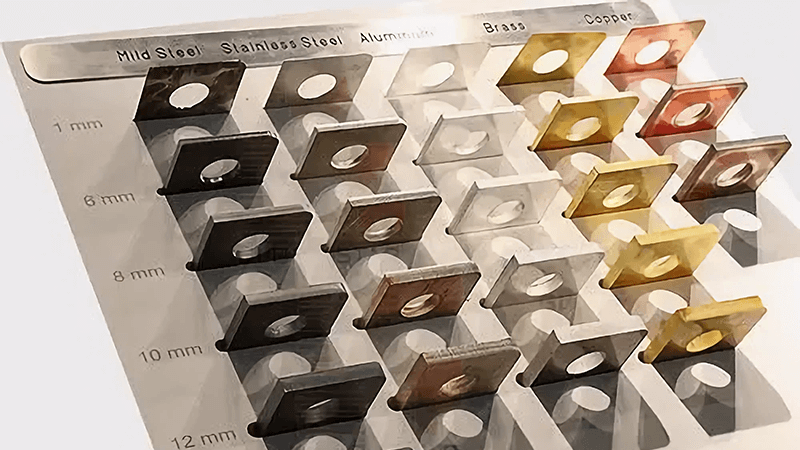
Support Services
Choosing a fiber laser cutting machine with robust support options is critical. Look for manufacturers that offer:
- Comprehensive Warranties: Ensure that your machine comes with a warranty that covers parts and labor for an extended period.
- Technical Support: Access to lifetime technical support can be invaluable when troubleshooting issues or performing complex repairs.
- Training Programs: Many manufacturers provide training sessions for operators to ensure they are well-equipped to maintain the machine effectively.
- Availability of Spare Parts: Quick access to replacement parts minimizes downtime during repairs.
Laser cutters are less efficient than traditional cutting tools.False
Laser cutters are typically more efficient, offering better precision and speed than traditional tools.
Laser metal sheet cutters are known for their lack of versatility.False
Laser cutters are versatile, able to handle a wide range of metals with high accuracy.
Cost and Value
Price is always a consideration, but it's important to evaluate the total value. Sometimes, a higher initial investment can lead to better performance and lower operating costs over time. Consider factors like durability, efficiency, and support when assessing value.
Conclusion
Choosing the right laser metal sheet cutter involves balancing precision, speed, power, and more. By focusing on these top features, you can select a machine that not only meets your current needs but also supports your future projects. Invest wisely, and your laser cutter will be a valuable asset for years to come.
At Kirin Laser, we specialize in providing high-quality laser cutting machines designed to meet the diverse needs of industries worldwide. With years of experience in the field, we offer advanced, customizable solutions that enhance both the precision and speed of your metal cutting processes. Whether you're working with thin or thick materials, our machines are built to deliver consistent, high-performance results. Backed by our comprehensive after-sales support, Kirin Laser is dedicated to helping you achieve optimal productivity and efficiency. By choosing Kirin Laser, you're investing in a trusted partner committed to driving the success of your business for years to come.
Contact us to get your best solutions for your business.
References:
- "How to Choose the Best Fiber Optic Laser Cutting Machines", from Kirin Laser.
- "Why Choose a Fiber Laser Cutting Machine for Precision CNC Metal Fabrication?", from Kirin Laser.
- "Top 5 Laser Machine Cutting Techniques for Industrial Use: Which One Fits Your Needs?", from Kirin Laser.
- "Top Features to Look for in a Laser Machine to Cut Metal?", from Kirin Laser.
- "Tube Cutting Lasers: Innovations and Applications in 2025", from Kirin Laser.
- "Key Benefits of Using a Cutter Laser Machine in Manufacturing", from Kirin Laser.
- "Maintenance Tips for Extending the Life of Your Fiber Laser Machine", from Essell.
- "How to Maintain a Fiber Laser Cutting Machine for Optimal Performance", from LTPL.

